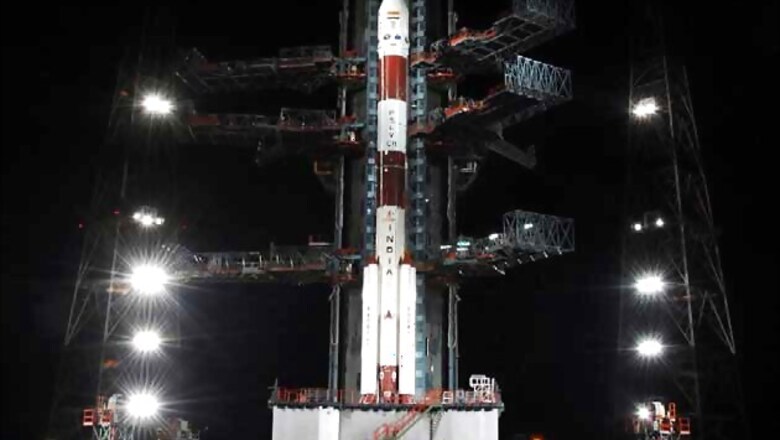
views
Buoyed by the success of Chandrayaan-I mission which was meant to orbit the Moon, India will launch the second ambitious mission to land a rover there in the next two to three years.
The Chandrayaan-II will have indigenously developed rover and a lander using the Geo-Synchronous Launch Vehicle (GSLV). "Chandrayaan-II is a mission where we essentially need to move on (lunar) surface to conduct experiments. We will launch Chandrayaan-II with an indigenous rover and lander using GSLV by 2016 or 2017," Space Secretary K Radhakrishnan said at a press conference in Sriharikota.
Chandrayaan-I, India's first mission to Moon, was launched successfully on October 22, 2008 from Sriharikota. The spacecraft was orbiting around the Moon at a height of 100 km from the lunar surface for chemical, mineralogical and photo-geologic mapping of the Moon.
Talking about Chandrayaan-II, Radhakrishnan said a study was done to check if an indigenous lander and rover could be developed which gave a positive feedback after which the ISRO decided to go ahead with the project.
"In May 2012, we conducted a feasibility study on development of a lander and this has been completed. We find that we will be able to develop a lander in India. We need 2-3 years time," he said. Radhakrishnan, however, added that there were a few technological elements in a lander which need to be developed.
"First, we need to reduce the velocity of a lander as it comes for soft landing. Second, to develop the mechanism that is involved in a lander. Third, is to locate precisely where to land by taking pictures and then steering the lander to a place it has to land," he said.
The ambitious project was supposed to be a joint mission of India and Russia but it got stuck after a failed mission of Roscosmosm the Russian Space Agency after which India decided to develop its indigenous lander and rover.
"There was a review of all inter-planetary missions in Russia and our Russian colleagues told us that the mass of the lander will go up and they would have an experimental mission of the lander module in 2015 and they would like to take a full scientific mission in 2017. Russia also offered Indian rover to be tested subjected to availability of mass (during its experiments)," he said, explaining details of the project.


















Comments
0 comment